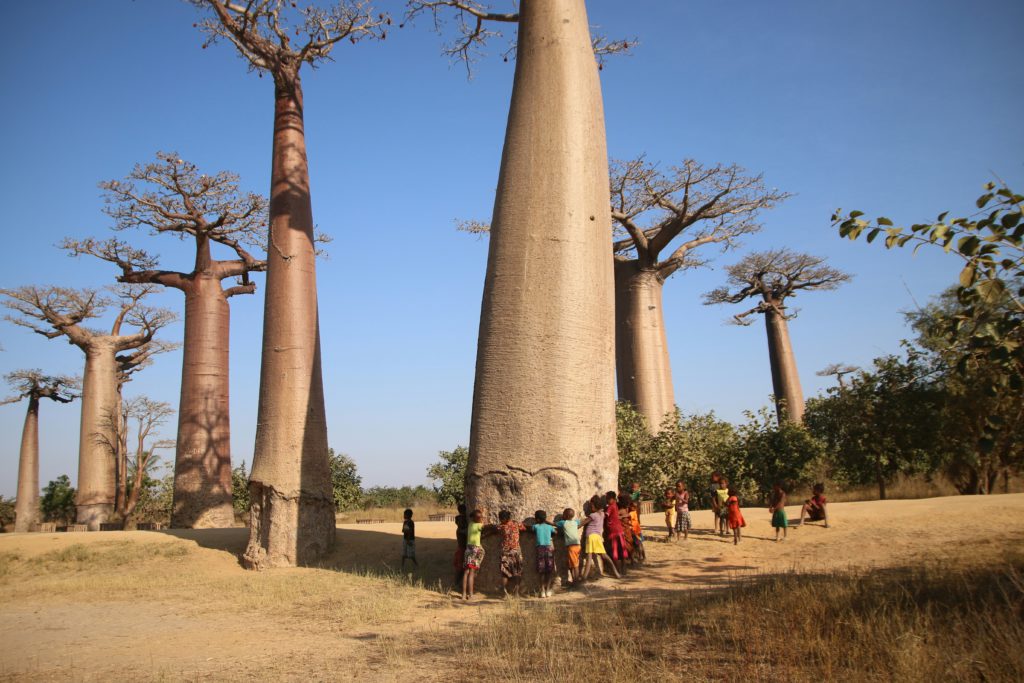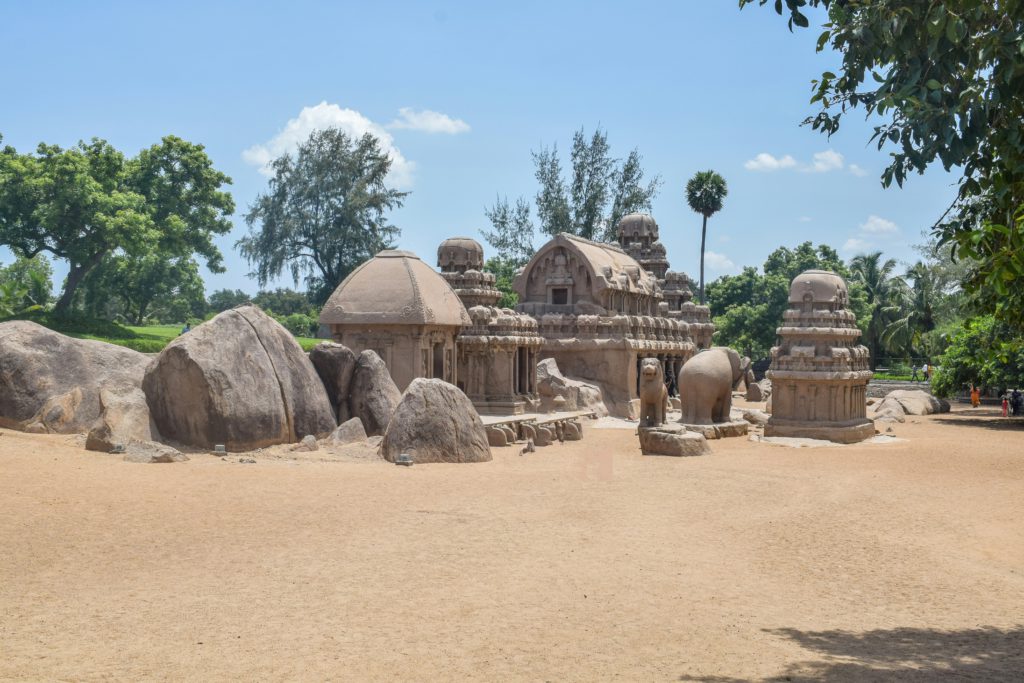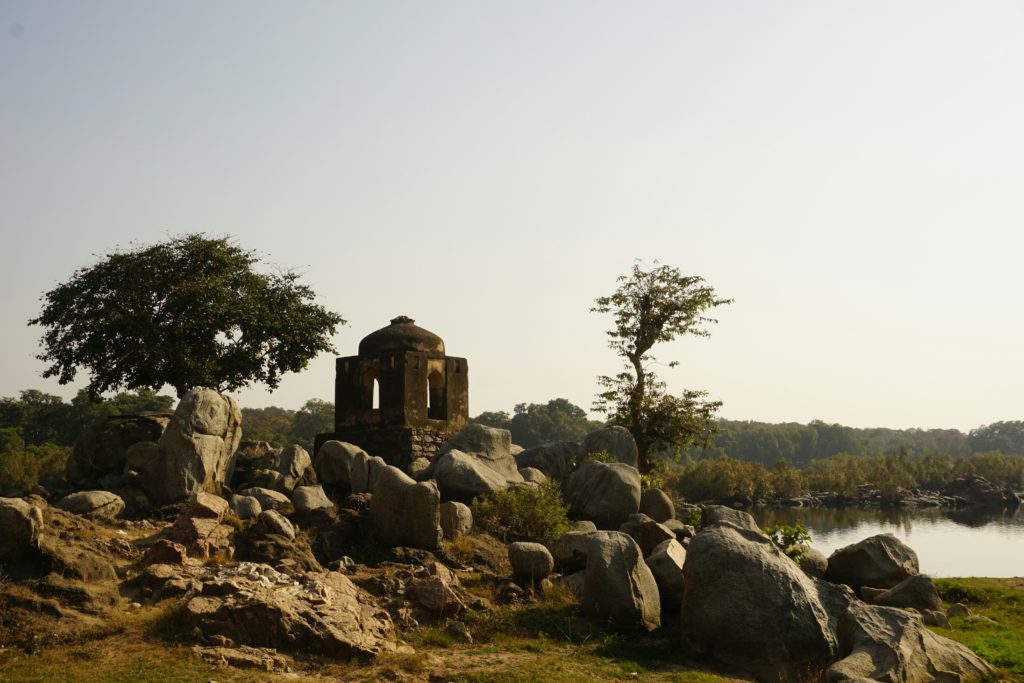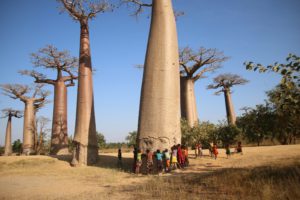Exploring the Profound Spiritual Significance of Africa’s Sacred Sites
African sacred sites are far more than just geographical locations. They are vibrant tapestries woven with the threads of history, spirituality, and community. They serve as tangible links to the ancestors, expressions of profound cosmologies, centers for healing, and stages for vital cultural ceremonies.

Stand on the precipice of a mist-shrouded mountain in Ethiopia, the air thick with the murmur of ancient prayers, or feel the hushed reverence within a sacred grove in Osun State, Nigeria, where sunlight filters through the dense canopy, illuminating offerings left for the river goddess. Across the vast and diverse African continent, countless natural wonders and human-crafted spaces hold a significance that transcends the physical. These are not simply landmarks on a map; they are living arteries connecting communities to their ancestors, their cosmologies, and the very essence of their spiritual beliefs.
For many African cultures, the world is not merely a collection of inanimate objects but a vibrant tapestry woven with the threads of the seen and unseen. Within this worldview, certain locations become particularly potent, imbued with ancestral presence, divine energy, and deep cultural meaning. These sacred sites serve as vital anchors, grounding communities in their history, shaping their rituals, and guiding their understanding of the universe. This article will delve into the multifaceted spiritual significance of these African sanctuaries, exploring their profound connections to ancestral veneration, indigenous cosmologies, traditional healing practices, vital ritual ceremonies, and their enduring importance in the vibrant tapestry of contemporary African life.

Across the African continent, the veneration of ancestors forms a cornerstone of many spiritual traditions. The belief that the spirits of the deceased continue to influence the living and serve as intermediaries between the human and spiritual realms is widespread. Sacred sites often act as crucial points of connection with these revered figures. Burial grounds, often holding the remains of lineage founders and significant community members, become hallowed ground. Ancestral shrines, sometimes simple structures or designated natural features, serve as focal points for remembrance and communication. Natural formations, such as uniquely shaped rocks or ancient trees, are also believed to be imbued with the presence or spirit of particular ancestors.
At these sites, rituals and ceremonies are meticulously performed to honor, appease, and seek guidance from the ancestors. Libations of water or local brews might be poured onto the earth, prayers and invocations chanted, and offerings of food or symbolic objects left as tokens of respect. These acts of remembrance and reverence ensure the continued well-being of the community, fostering a sense of continuity between generations and drawing upon the wisdom and protection of those who came before.

For many African societies, their understanding of the universe – their cosmology – is deeply intertwined with specific geographical locations. Natural features are rarely seen as mere geological formations but rather as manifestations of the divine or integral components of the cosmic order. Majestic mountains might be considered the dwelling places of powerful deities, their peaks piercing the veil between worlds. Rivers are often personified as life-giving spirits, their flows embodying power and fertility. Sacred groves, with their dense foliage and hushed atmosphere, can be seen as primordial spaces where creation began. Uniquely shaped rocks might hold the imprint of mythical beings or mark significant events in creation stories.
The layout and orientation of some human-made sacred sites also reflect intricate cosmological principles. The alignment of stones or the positioning of structures might correspond to astronomical events, mirroring the perceived order of the heavens and connecting earthly rituals to the celestial dance. These sites serve as tangible representations of a community’s understanding of their place within the vast cosmos, reinforcing their spiritual connection to the universe.
The pursuit of health and well-being in many African traditions extends beyond the purely physical, encompassing the spiritual and communal. Certain sacred sites are revered as potent centers for traditional healing. Natural springs, believed to be blessed by spirits or deities, are often sought out for their therapeutic properties. Sacred groves, with their diverse plant life, provide not only medicinal herbs but also a tranquil atmosphere conducive to spiritual healing. Uniquely shaped rock formations might be associated with specific healing powers.

At these sites, traditional healers, often deeply knowledgeable in both herbal remedies and spiritual practices, conduct rituals aimed at restoring balance and harmony. These rituals might involve prayers, invocations, the application of natural medicines, and spiritual interventions. The holistic approach to healing recognizes the interconnectedness of the body, mind, and spirit, often involving the community in the healing process. The sacred site itself becomes an integral part of the healing, its inherent spiritual energy believed to amplify the efficacy of the treatments.
Sacred sites serve as vital stages for a wide array of rituals and ceremonies that underpin social cohesion and ensure the continuity of cultural traditions. From the solemnity of initiation rites marking the transition of individuals into adulthood to the joyous celebrations of harvest festivals expressing gratitude for nature’s bounty, these locations provide the appropriate spiritual context for significant communal events. Royal coronations often take place at ancestral sites, legitimizing the ruler’s authority and connecting them to their predecessors.
The physical space of the sacred site often dictates the structure and performance of these rituals. The presence of specific natural features, ancestral shrines, or designated ceremonial grounds shapes the movements, offerings, and interactions that take place. This deep connection between place and practice reinforces the spiritual significance of the event, anchoring it within the community’s shared history and beliefs.
Despite the forces of modernization and globalization, African sacred sites continue to hold profound spiritual significance for many communities today. They remain vital anchors of cultural identity, providing a sense of belonging and connection to ancestral roots. However, these sites often face numerous challenges, including the pressures of development, environmental degradation, and the influence of changing religious beliefs.
Across the continent, communities and organizations are actively working to protect and preserve these invaluable cultural and spiritual treasures. They recognize that these sites are not relics of the past but living embodiments of their heritage and identity. Traditional beliefs and practices associated with sacred sites continue to influence daily life, social customs, artistic expression, and even political discourse. The whispers of the ancestors and the footprints of the divine remain potent forces, shaping the spiritual landscape of Africa in the 21st century.
African sacred sites are far more than just geographical locations. They are vibrant tapestries woven with the threads of history, spirituality, and community. They serve as tangible links to the ancestors, expressions of profound cosmologies, centers for healing, and stages for vital cultural ceremonies. As guardians of tradition, these sites command deep respect and reverence, reminding us of the enduring power of place and the profound connection between the earthly and the spiritual realms. It is our collective responsibility to understand, appreciate, and protect these invaluable treasures for the benefit of present and future generations, ensuring that the whispers of the ancestors continue to resonate across the African landscape.







